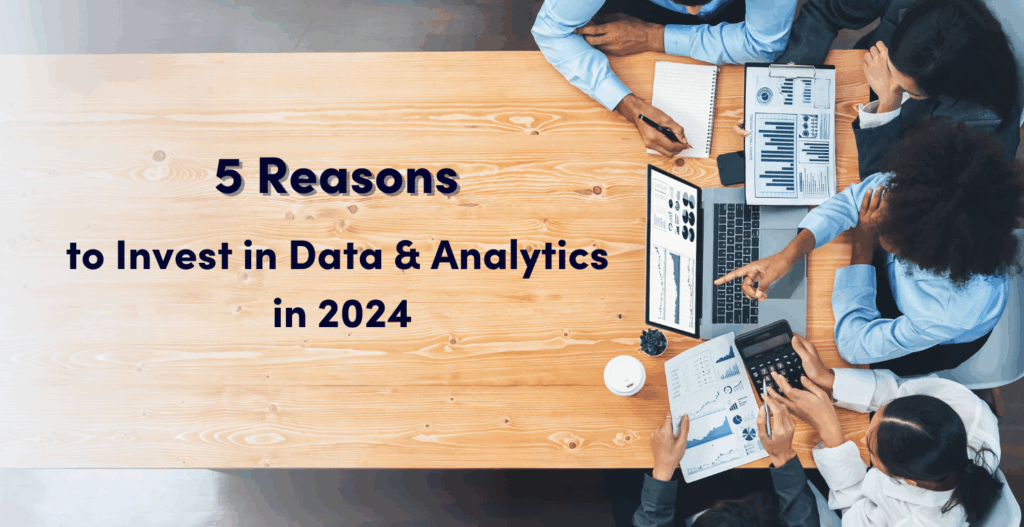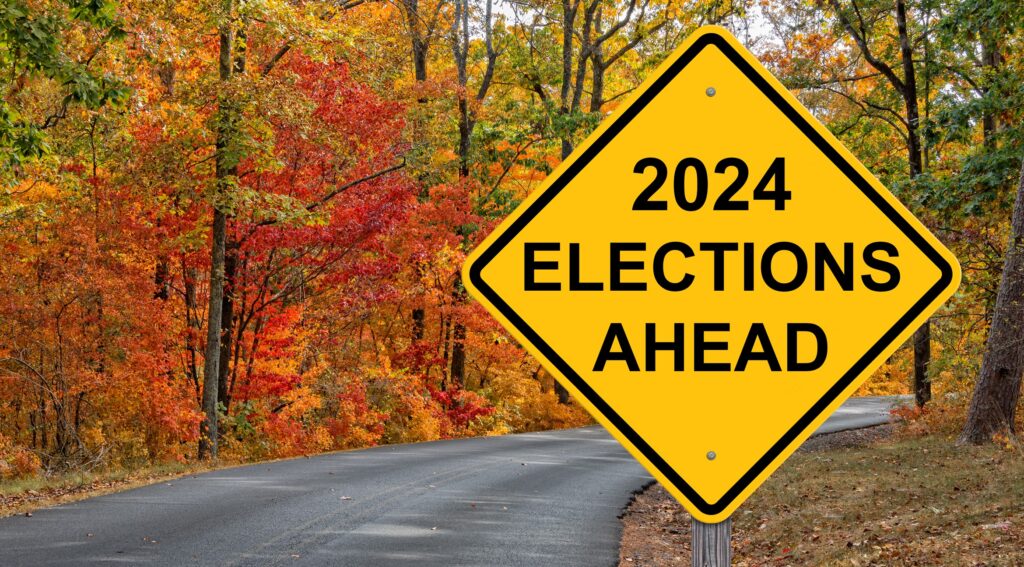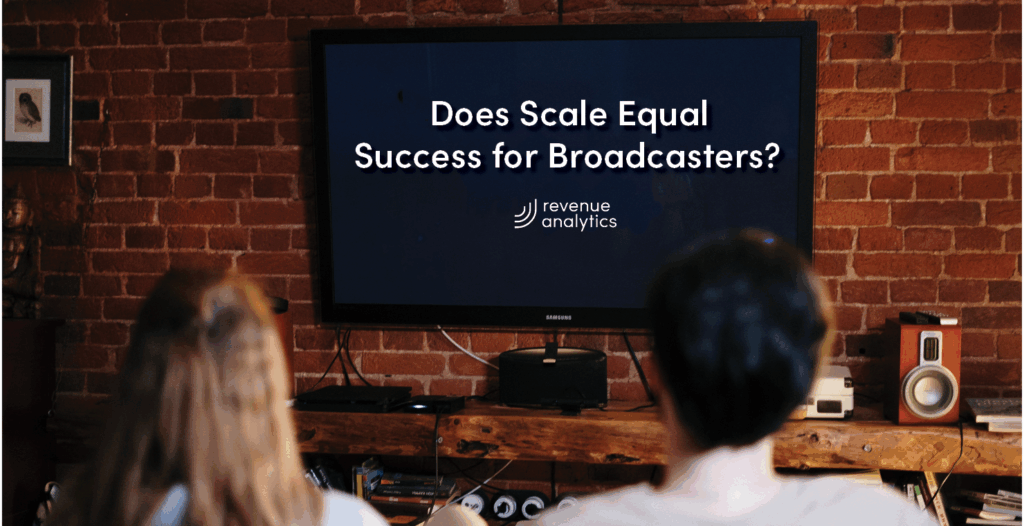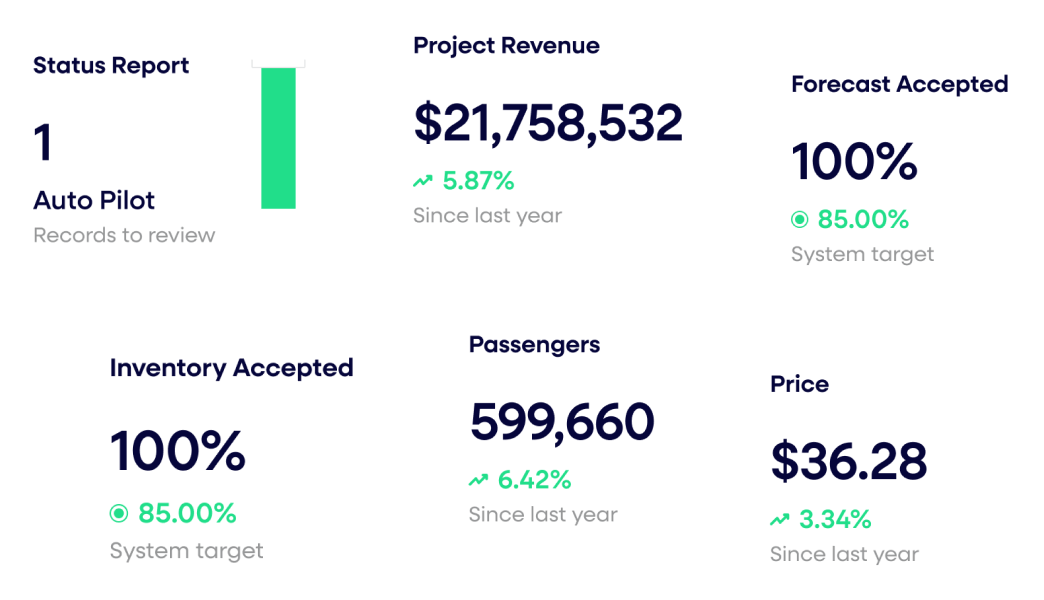FAQs from the Media Trends Webinar

The response to our recent media trends webinar with A+E’s Mike Peretz and iHeartMedia’s Amit Aggarwal was so much bigger than expected that we didn’t leave enough time for Q&A at the end.
So, we couldn’t answer all the audience’s many questions.
We’ve grouped the remaining questions into four main topics and answered them for you below!
Leverage your content to achieve stronger revenue outcomes
Question 1: Where did the data in the webinar come from?
All data and trends featured in the presentation came from our 2019 Media Trends in Dynamic Pricing and Revenue Management report.
It’s one of our most-downloaded media resources this year. You are welcome to snag a free copy.
Our report was based on a survey of TV and radio media executives spanning across North America, plus a deep dive into industry research. (For more on research methodology, please reference the report.)
If you’d like to participate in future surveys, please email us at research@revenueanalytics.com.
Question 2: Are broadcasters selling and monetizing audience attribution data today? How far down the path are broadcasters on this?
It really varies widely. There is definitely a spectrum, but we typically see that cable networks are farther along in their adoption than local TV and radio broadcasters.
The first obstacle for any media company that wants to monetize their audience is to figure out how to get data on their audience. They can’t sell their audience if they can’t describe it.
The good news is that third parties are now making this crucial data available. Companies like OpenAP and AT&T’s Xandr are providing access to a wealth of audience data that used to be much harder to come by. You can even get some qualitative data from Nielsen, though they don’t provide the level of detail most media companies are looking to get their hands on.
Even with new tools like OpenAP and Xandr, many companies typically start dipping their toe in the audience attribution water with their own digital properties because it’s the lowest hanging fruit from a data perspective. It’s direct access to your own data.
Once you’ve got the data, your second challenge is making sense of it. Oftentimes what happens is people get their hands on a ton of data, but then aren’t sure what they are looking at or how to make sense of it. It’s hard to sort through a ton of numbers, pick out what matters, and ignore what doesn’t, so I completely sympathize.
The third obstacle—once you’ve made sense of the data—is to package it into a compelling sales proposition and then get your sales team to present it effectively and close business.
Today, we’re seeing that most companies aren’t all the way there yet. Most broadcasters are still selling against and guaranteeing the traditional audience demos, while pulling in the audience attribution data on an ad-hoc basis to help close the sale.
This means there is still a big opportunity for companies to truly monetize their audience attribution data by using it to justify premium pricing on inventory.
I have no doubt that’s where everyone’s headed, they’re just not there quite yet.
Question 3: Has media truly adopted packaging?
Great question!
We see a lot of packaging (aka bundling) in the radio and cable network spaces.
These companies are packaging their high-demand properties with their less-desired properties so agencies can’t cherry pick their best inventory.
On the other hand, we’ve noticed something really interesting: Local broadcasters haven’t adopted this same packaging approach.
Unfortunately, that means local broadcasters are still somewhat at the mercy of the agencies, who nab up the very best of what they have to offer, leaving them with the inventory that’s hardest to sell.
Our thought here has been that local broadcasters should give packaging a good, honest try.
It might seem like a heavy lift with advertisers, who are very accustomed to getting their way, but it actually benefits both the advertisers and broadcasters.
It’s obviously a win for broadcasters because it allows them to sell their less-desired inventory that would otherwise go unsold or used to fulfill makegoods.
But it’s also a win for advertisers because these bundled deals typically come with more favorable pricing. And there’s nothing advertisers love more than getting a good deal.
Also, remember that this model has worked, and become the norm for radio and cable networks.
It may just be a matter of broadcasters making the offer and explaining the value clearly to get advertisers on board.
Question 4: What are some tips for broadcasters when it comes to programmatic?
First, it’s important to realize that not everyone means the same thing when they say “programmatic.”
For some, programmatic is the automation of buys. They see programmatic as being the way a historically manual, high-touch, people-driven ad buy process has become easy, accessible, and automated.
To others, programmatic is synonymous with audience targeting. Programmatic is the way advertisers can finally connect with their precise audience.
“There is still a big opportunity for companies to truly monetize their audience attribution data by using it to justify premium pricing on inventory.”
In reality, programmatic is both things—automation and targeting. But I bring up this difference in how programmatic is defined because it’s at the heart of a disagreement about how to value programmatic.
Broadcasters and advertisers frequently disagree about how to value it.
The broadcaster’s POV is that programmatic offers better audience targeting, which translates into greater value for the advertiser, so it should cost a premium.
The advertisers, on the other hand, see programmatic as easier and cheaper for broadcasters to offer (because it’s all digital/technology, no humans), so they think it should be discounted.
So, this disconnect between the sell-side and buy-side exists over the value of programmatic, which is obviously tricky when it comes time to turn this cool new technology into realized revenue.
As a result, one question we often get from broadcasters is if they should even give programmatic a go.
The honest answer is that it depends on each broadcaster’s situation.
Broadcasters need to determine if they will cannibalize their existing customer base and existing revenue by adding programmatic. If that’s the case, it’s probably not a good bet.
But if programmatic will help them get net new customers and revenue, and add more value for existing advertisers, then it could be a very smart play.
But the question remains: what’s the appropriate way to value programmatic inventory?
In our view, it’s to apply the same dynamic pricing strategy you’d apply to your traditional sales channels to programmatic. The same supply and demand forces exist and exert pressure, so if the demand is high and supply low, price high.
I wrote about programmatic in more detail in this blog post.
Wrapping Up
Thanks to everyone for their questions!
As always, I hope this was helpful to you as you think about your advertising and pricing approaches and plans.
Don’t forget you can still watch a recording of the webinar if you haven’t already had the opportunity.
And grab some time with me if you could use some help sorting through ad pricing or revenue management.
Last updated on August 20, 2025






